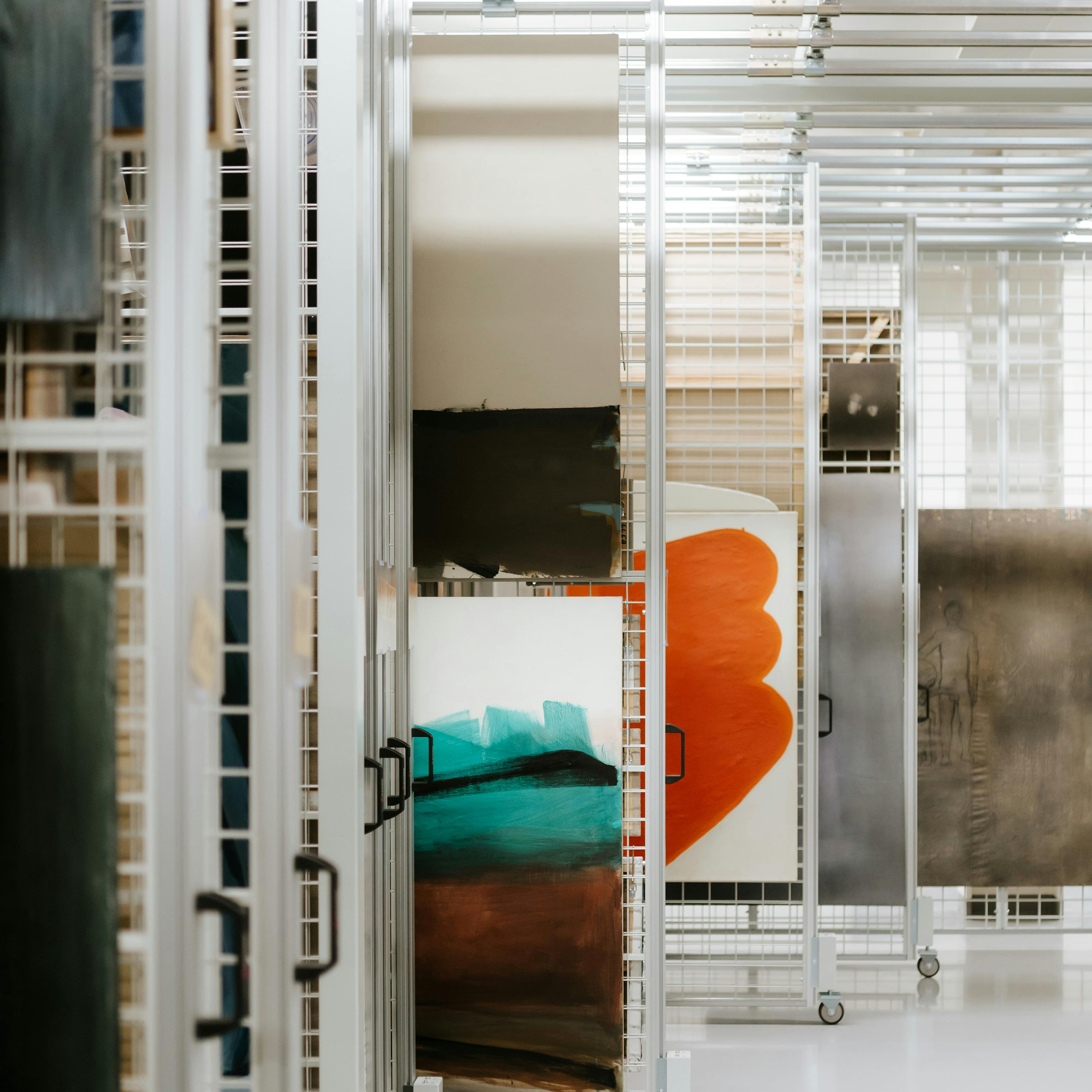Painting / Graphics
In 2020, the LNMA paintings and graphics created from 1985 to 2020 were added to the LNMA’s collection. The main focus is 21st-century art, as well a few works from the 1980s and 1990s which are canonised in publications as catalysers of art but had not been added to the museum’s collection to date. The oldest of the acquired works date from the mid-1980s, created by the “boundary-breaking” generation of artists and charged with the political activism of the perestroika era. Juris Putrāms’ installation “Garāmgājēji” (Passersby, 1985), which encompasses 24 pages of graphics and two constructivist-style objects, have a legendary relationship with Soviet censorship. This is also the case with “boundary breaker” AndrejsKalnačs’ socially critical, neo-expressionist graphics from 1988, Ojārs Pētersons’ super graphics from 1986 and 1987, and Leonards Laganovskis’ conceptual works from the final Soviet years affirm that avant-garde phenomena eventually become significant in art history.
The new wave of the 1990s saw the embracing of previously taboo subjects, as provocatively demonstrated by Miķeļis Fišers’ series of paintings “Sex'n'Spaceships” (1995), which challenges the power of institutions and criticizes tradition. This work was submitted and rejected for a diploma from the Latvian Art Academy. This legend is used as an example in discussions about censorship and conservatism, with the added paradox of a disqualified student going on to win the prestigious Purvītis Prize.
The collection has been supplemented by linguistic conceptualist works from the 1990s (Laganovskis, Kalnačs) and the continuers of this tradition in the new millennium (Brūvere, Apaļais, Bērziņš). In the 21st-century, artists are taking a largely intellectual approach to the classic media of painting and graphics, rooted in complex concepts. This is evidenced by works by Jānis Avotiņš, Andris Eglītis, Pauls Liepa, Amanda Ziemele, Inga Meldere, Romāns Korovins, and others. There are also works rooted in the modernist tradition which lean towards the qualities inherent in the medium, for example works by Edvards Grūbe, Helēna Heinrihsone, Ivars Heinrihsons, and Daiga Krūze.
Alongside postmodern references to private and collective memory, the thematic line is also enriched by feministic concepts relating to women’s roles and identities in works by Kristiāna Dimitere, Ella Krugļanska, and Rasa Jansone.
The acquisition of Maija Kurševa’s four illustrated diaries from 2008–2010 marks a new period of acceptance of archival art.
